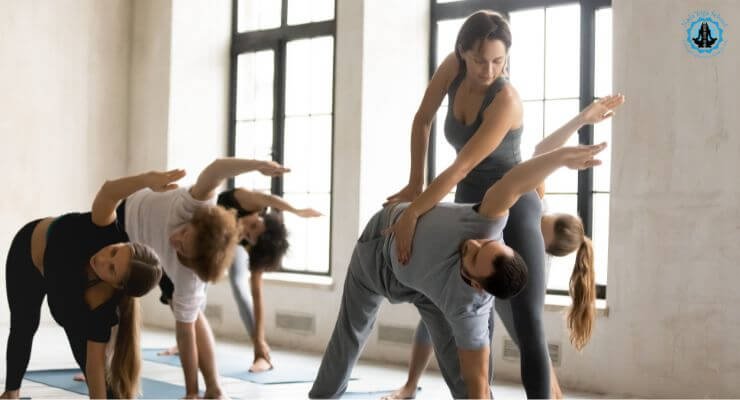Yoga is an enriching practice that offers numerous benefits, both mental and physical. However, Yoga beginners often encounter common pitfalls that can hinder their progress and enjoyment of yoga. Understanding these mistakes and learning how to avoid them can enhance your practice from the start.
1. Neglecting Proper Warm-Up
One of the first oversights many newcomers make is bypassing a proper warm-up. Warm-up exercises are crucial in preparing the body for the range of motion required in yoga and decreasing the risk of injuries.
How to Avoid:
Begin each session with at least 5-10 minutes of gentle stretching or basic movements that mimic the poses you plan to practice. Focus on areas that will be engaged during your session, such as the spine, shoulders, and hips. Incorporating dynamic stretches can also enhance flexibility and performance.
2. Ignoring Correct Form and Alignment
Yoga is not merely about reaching the final pose but how you get there. Ignoring correct form and alignment is a common mistake that can lead to inefficiency and injury.
How to Avoid:
Pay close attention to the alignment cues given by your instructor. Don’t hesitate to use props such as blocks, straps, and bolsters to support your body in achieving proper form. Remember, yoga is a personal journey; what works for others may not work for you. Focus on mastering the basics before advancing to more complex poses.
3. Overestimating Personal Limits
In the eagerness to progress, beginners often push their bodies too hard, too fast. This overzealous approach can lead to strain and injury, setting back your practice.
How to Avoid:
Adopt a gradual approach to your practice. Yoga is about tuning in to your body and respecting its limits. Progress comes from consistent practice over time, not from forcing your body into poses it’s not ready for. Celebrate small advancements and understand that some days will be more challenging than others.
4. Lack of Consistency and Patience
Yoga requires patience and persistence. Many beginners start with a burst of enthusiasm but quickly become discouraged if they don’t see immediate results.
How to Avoid:
Set realistic expectations and commit to a regular practice schedule. Even 15-20 minutes a day can be more beneficial than a longer session done sporadically. Remember, yoga is as much about the journey as it is about the destination. Embrace each practice session as an opportunity to learn and grow, rather than a task to achieve perfection.
5. Neglecting Breath Control
Breath control, or pranayama, is a fundamental aspect of yoga that beginners often overlook. Proper breathing enhances the effectiveness of poses and increases relaxation and focus.
How to Avoid:
Integrate breath awareness into your practice from the start. Begin with simple exercises to familiarize yourself with diaphragmatic breathing and how to synchronize breath with movement. As you advance, explore more complex pranayama techniques to deepen your practice and enhance its benefits.
Conclusion
Embarking on a yoga journey is an exciting and transformative process. By being mindful of these common mistakes and adopting strategies to avoid them, beginners can ensure a more enjoyable and safe practice. Remember, yoga is a personal experience that evolves over time. Embrace each session with openness and curiosity, and allow yourself the space to explore and grow. With patience, persistence, and self-compassion, the path of yoga can lead to profound physical and mental rewards.
Additional Resources
For those beginning their yoga journey, numerous resources are available to guide your practice. Consider exploring online platforms like Yoga Journal and Gaia for instructional videos and articles tailored to beginners. Local yoga studios often offer workshops and classes specifically designed for newcomers, providing a supportive environment to learn and practice. Remember, the most important aspect of starting yoga is to move at your own pace and listen to your body, ensuring a practice that is both beneficial and sustainable for years to come.





